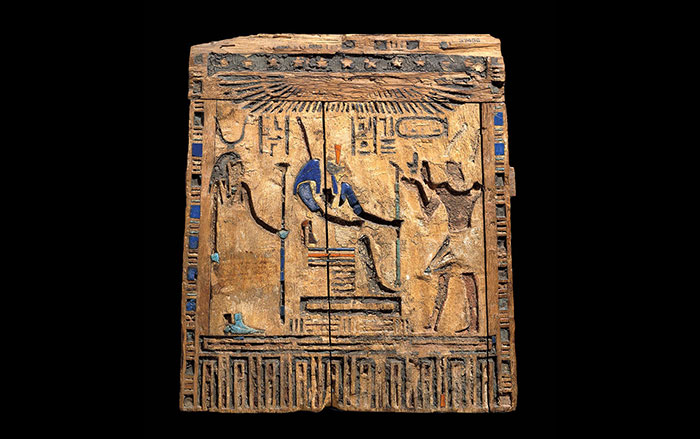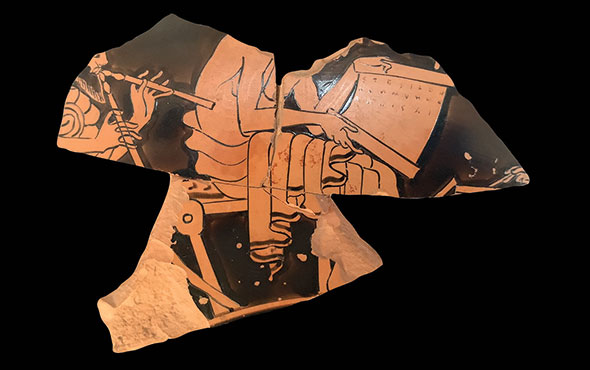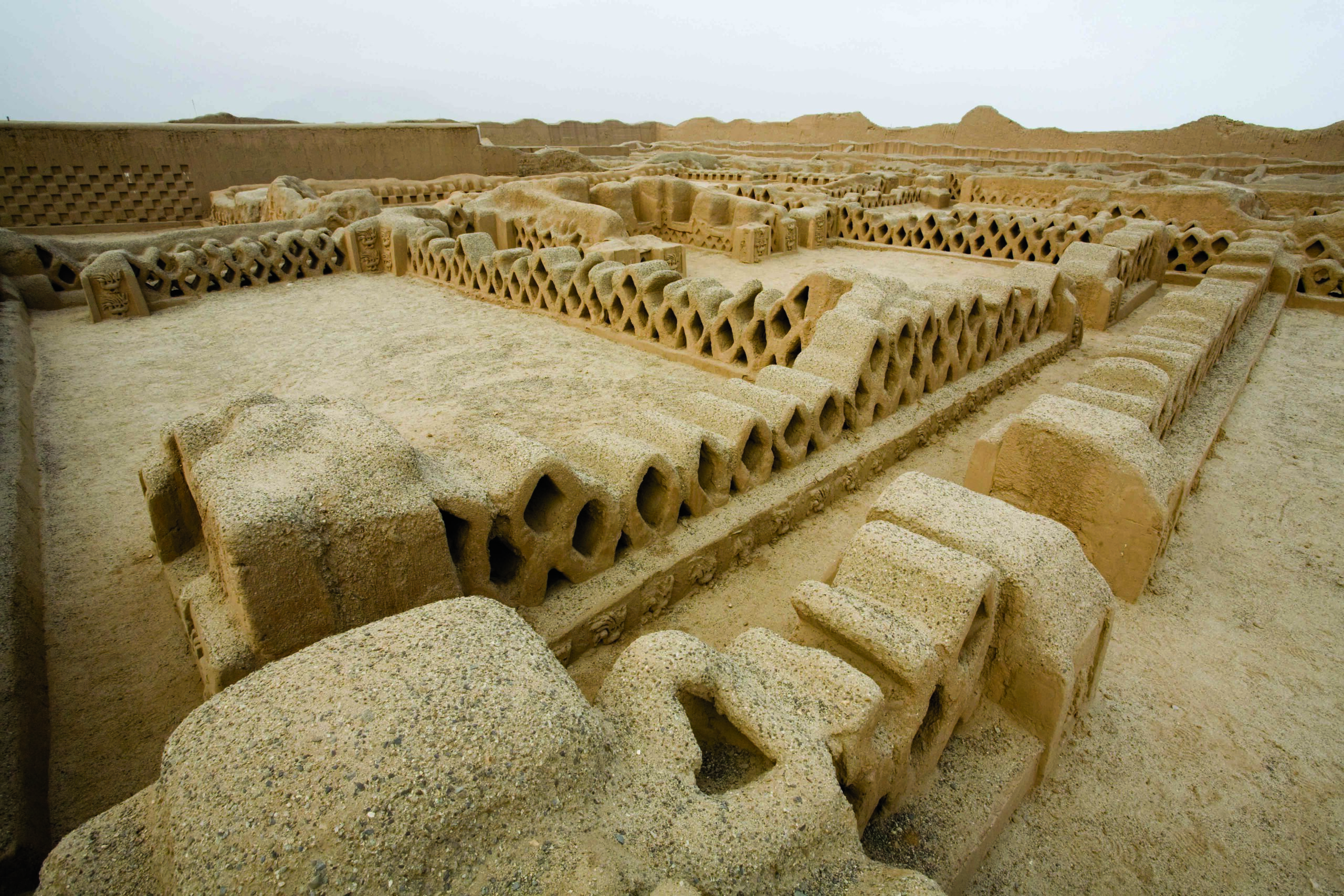COPENHAGEN, DENMARK—According to a Nature News report, researchers Enrico Cappellini, Claire Koenig, Ioannis Pastramanis, and Palesa Madupe of the University of Copenhagen used mass spectrometry to analyze the enamel of four Paranthropus robustus teeth recovered from South Africa’s Swartkrans Cave. The scientists were able to map some 425 amino acids, which are the building blocks of proteins, in the two-million-year-old hominin teeth. One protein identified in two of the samples is produced by a gene on the Y chromosome, showing that these individuals were males. The small size of one of these teeth had previously led researchers to attribute the tooth to a female individual. A protein produced by the X chromosome was detected in the other two teeth, indicating that they belonged to females. The researchers then used the amino acid sequences to build a simple evolutionary tree showing that modern humans, Neanderthals, and Denisovans are more closely related to each other than they are to Paranthropus robustus. Although it is unclear in this early stage of ancient proteomics if protein analysis will help scientists understand the relationships between different species, knowing the sex of an individual will help researchers to account for sex-based differences in size within a particular species. For more on Paranthropus robustus, go to "Consider the Craniums."
Prehistoric Proteins May Offer Clues to Human Evolution
News July 11, 2023
SHARE:
Recommended Articles
Digs & Discoveries January/February 2017
Proteins Solve a Hominin Puzzle

(Courtesy Marian Vanhaeren)
Artifacts July/August 2025
Maya Ceramic Figurine

Courtesy Ken Seligson
Off the Grid July/August 2025
Vichama, Peru

Lisa Trever
Digs & Discoveries July/August 2025
Bound for Heaven

Yoli Schwartz, Israel Antiquities Authority
-
Features May/June 2023
The Man in the Middle
How an ingenious royal official transformed Persian conquerors into proper Egyptian pharaohs
 (© The Trustees of the British Museum)
(© The Trustees of the British Museum) -
Letter from the American Southeast May/June 2023
Spartans of the Lower Mississippi
Unearthing evidence of defiance and resilience in the homeland of the Chickasaw
 (Kimberly Wescott and Brad Lieb, Chickasaw Native Explorers Program 2015)
(Kimberly Wescott and Brad Lieb, Chickasaw Native Explorers Program 2015) -
Artifacts May/June 2023
Greek Kylix Fragments
 (Ashmolean Museum, University of Oxford)
(Ashmolean Museum, University of Oxford) -
Digs & Discoveries May/June 2023
The Beauty of Bugs
 (Michael Terlep)
(Michael Terlep)


